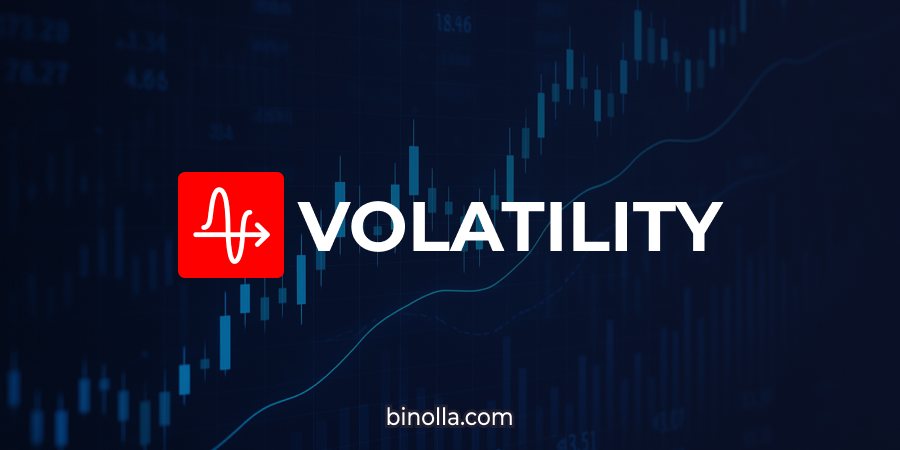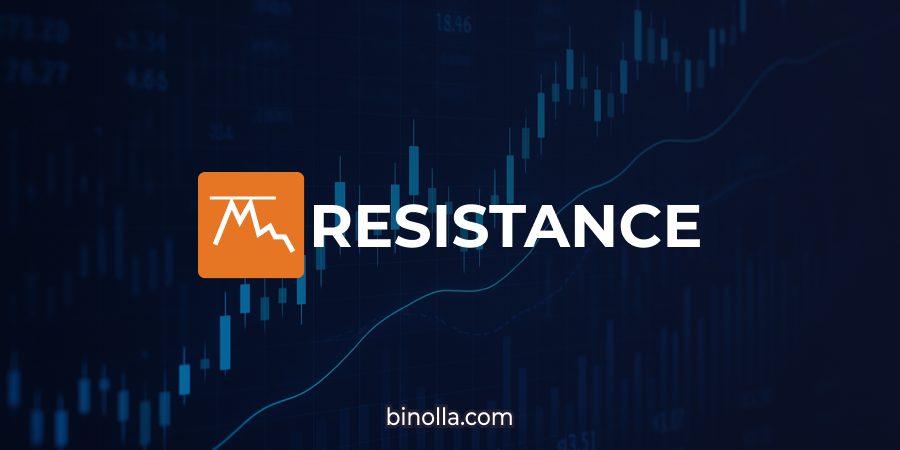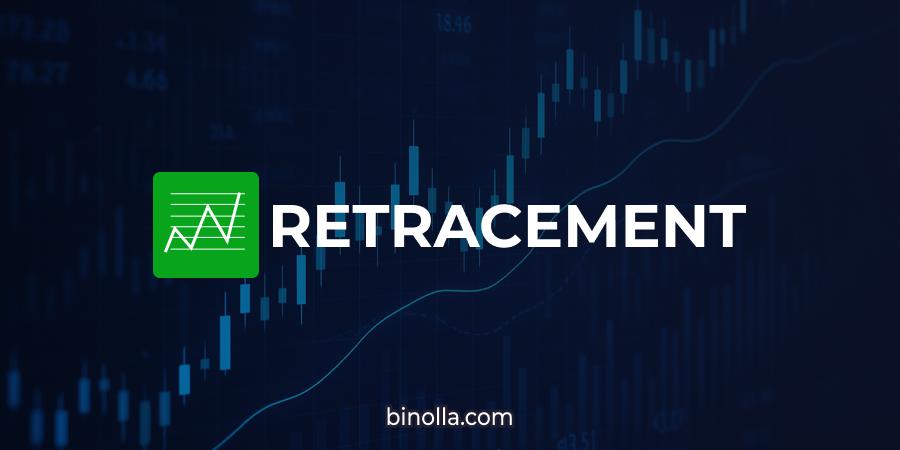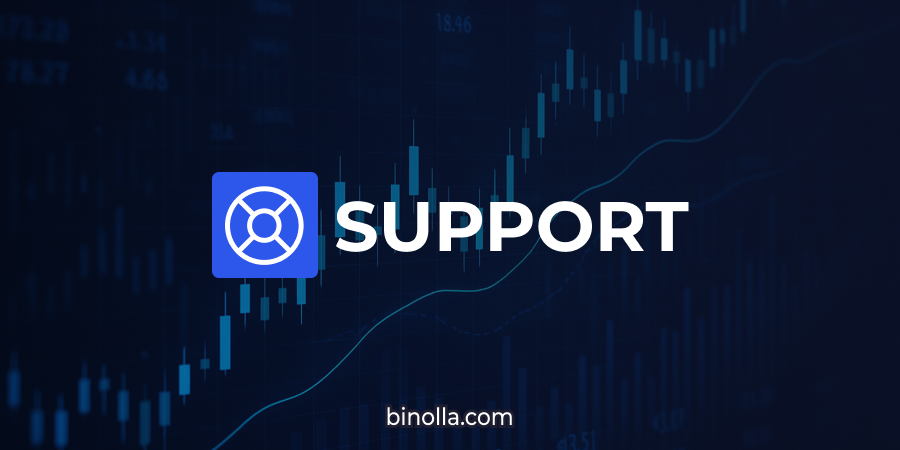Volatility

Volatility stands for the degree of price movement that an asset experiences over a period of time. It is used mainly to measure how fast and how deep price changes are. Volatility is used in both CFD and digital option trading. Highly volatile markets move quickly and they demonstrate large price changes, while markets with lower volatility move more slowly and their price changes are less significant.
The main reasons for volatility are economic news, geopolitical events, unexpected data releases, and others. When it comes to assets, cryptocurrencies are considered the most volatile financial instruments, while traditional fiat currencies like EUR/USD or GBP/USD are less volatile.
In digital options, higher volatility can provide traders with better opportunities as they can make profits on rapidly changing markets, while in CFD, higher volatility amplifies gains. However, you should also remember that volatility involves a certain degree of risk.
How to Measure Volatility
Nowadays, traders use various technical analysis tools to measure volatility. There are several ways to check this parameter:
- ATR or Average True Range. This indicator measures price movements over a specific period.
- Bollinger Bands. The bands of the indicator demonstrate volatility by becoming wider/narrower.
- VIX indicator. This index allows market participants to see the expected volatility.
- Size of a candlestick. You can measure volatility by simply looking at the size of each candlestick. When they become larger, volatility increases.






